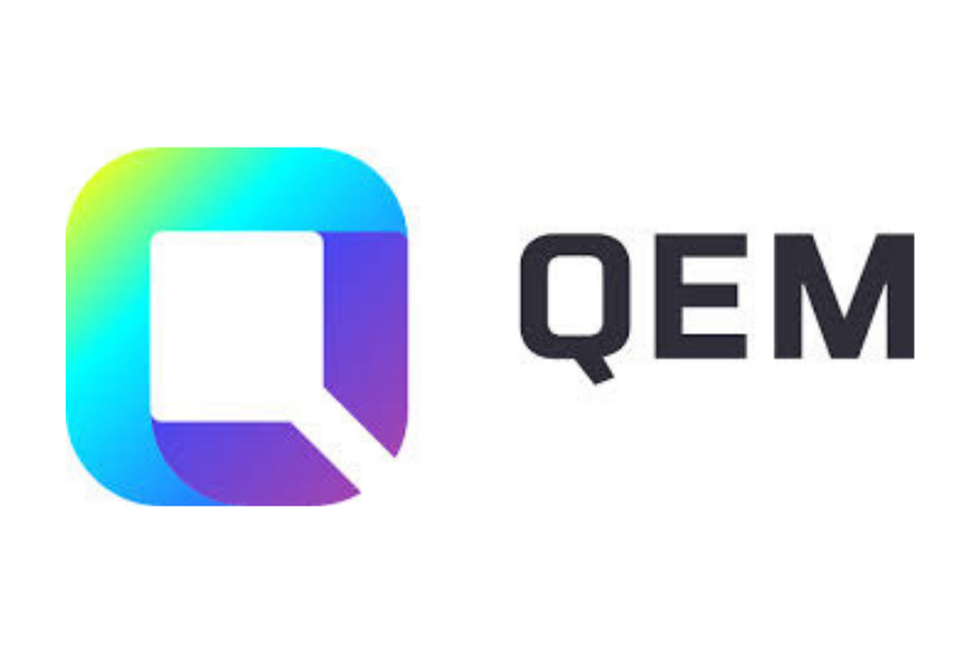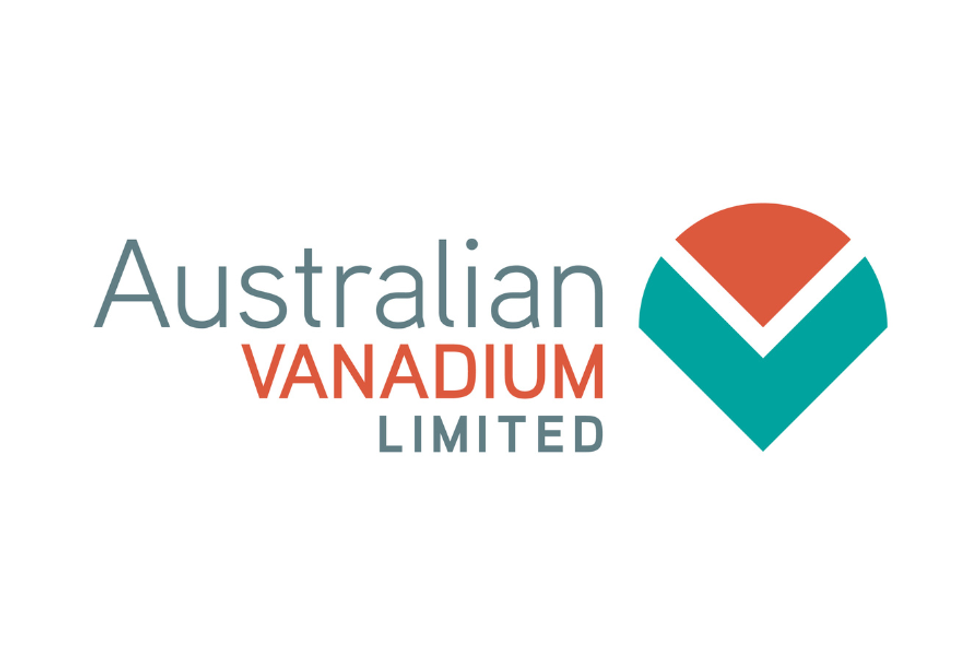BRICs’ Steel Consumption to Keep Vanadium Demand Surging
With BRIC countries set to drive steel demand in the coming years, vanadium should also reap the benefits.
By Karan Kumar — Exclusive to Vanadium Investing News

Demand for vanadium – a soft, silvery gray mineral used primarily to strengthen steel – is expected to more than double to 123,000 metric tons a year in 2025 from current levels, as briskly industrializing BRIC countries require more steel to fuel their growth. Even though China, India, and Brazil are expected to see lower growth than was expected in coming years, the impact on vanadium demand is likely to be small.
“There’s a lot of drivers happening, whether it’s motor vehicles, whether it’s washing machines, whether it’s structural steels, whether it’s just across the board, as the world urbanizes it needs better quality steels and those better quality steels can only be achieved through using ferrovanadium or vanadium as a strengthening agent,” Michael Minosora, managing director of Australia’s Atlantic Ltd. (ASX:ATI), told Platts in an interview.
China will need around 20,000 metric tons of vanadium in the next two years, Minosora said, adding that African nations and others, such as Vietnam, will see vanadium demand rising.
A major factor expected to boost vanadium demand is a directive by the Chinese government, passed on July 1, 2011, that requires the use of grade 3 rebar steel in all new buildings. A higher quality of steel, grade 3 rebar also includes a higher amount of vanadium. According to Australia’s Atlantic, 90 million tons of grade 2 rebar produced to grade 3 standards would require an additional 27,000 tonnes of vanadium a year.
BRICs to continue fueling vanadium demand
“Clearly steel demand coming from the BRICs and other emerging markets accounts for the majority of vanadium demand today and likely in the future,” Chris Berry, founder of House Mountain Partners, which conducts research on the commodity and energy markets, told Vanadium Investing News in an interview.
“China is the lynch pin of global commodity demand and is the largest producer and consumer of vanadium as it is for a host of other metals as well,” Berry said. “South Africa and Russia are responsible for the majority of the remaining global vanadium supply but as countries such as China adopt stricter building codes which necessitates vanadium in rebar, it is clearly emerging markets focused on infrastructure build-outs that will drive vanadium demand going forward.”
More than 90 percent of vanadium produced globally is currently used to strengthen steel. But vanadium is also finding application in the energy storage sector, and its potential there is expected to lead to surge in demand in the future. But for now, steel production is the key to growth in vanadium use, Berry said.
China produces about 40 percent of the world’s vanadium, followed by South Africa at about 32 percent and Russia at 25 percent, according to a recent study by Merchant Research & Consulting.
Few majors, juniors in vanadium space
Major producers include Russian miner Evraz (LSE:EVR), which is listed in London, and South African company Xstrata (LSE:XTA). There are several sizable producers in China. Australia’s Atlantic recently started production at its Windimurra plant. Canadian junior Largo Resources (TSX:LGO) has a project in Brazil with production expected in 2013. American Vanadium Corp. (TSX:AVC) has a project in Nevada and is targeting a 2014 production timeframe. Energizer Resources (TSX:EGZ) has the Green Giant project in Madagascar and is targeting production by 2014.
With vanadium demand expected to grow around eight percent until 2015 and relatively low prices, the mineral “shows interesting investment fundamentals,” Luke Burgess reported for Investment U in an article last month. “But, unfortunately for us as investors, getting exposure to this strategic metal can be a bit tricky. Unlike many other commodities, there are no specialized vanadium ETFs, pool accounts, futures trading, or other funds dedicated to vanadium. Instead, buyers and sellers of the product negotiate privately, leaving only a small handful of alternative investments.”
Shares of Largo Resources have fallen nearly 22 percent in the past year. American Vanadium’s stock has dropped about 48 percent.
Securities Disclosure: I, Karan Kumar, hold no direct investment interest in any company mentioned in this article.

